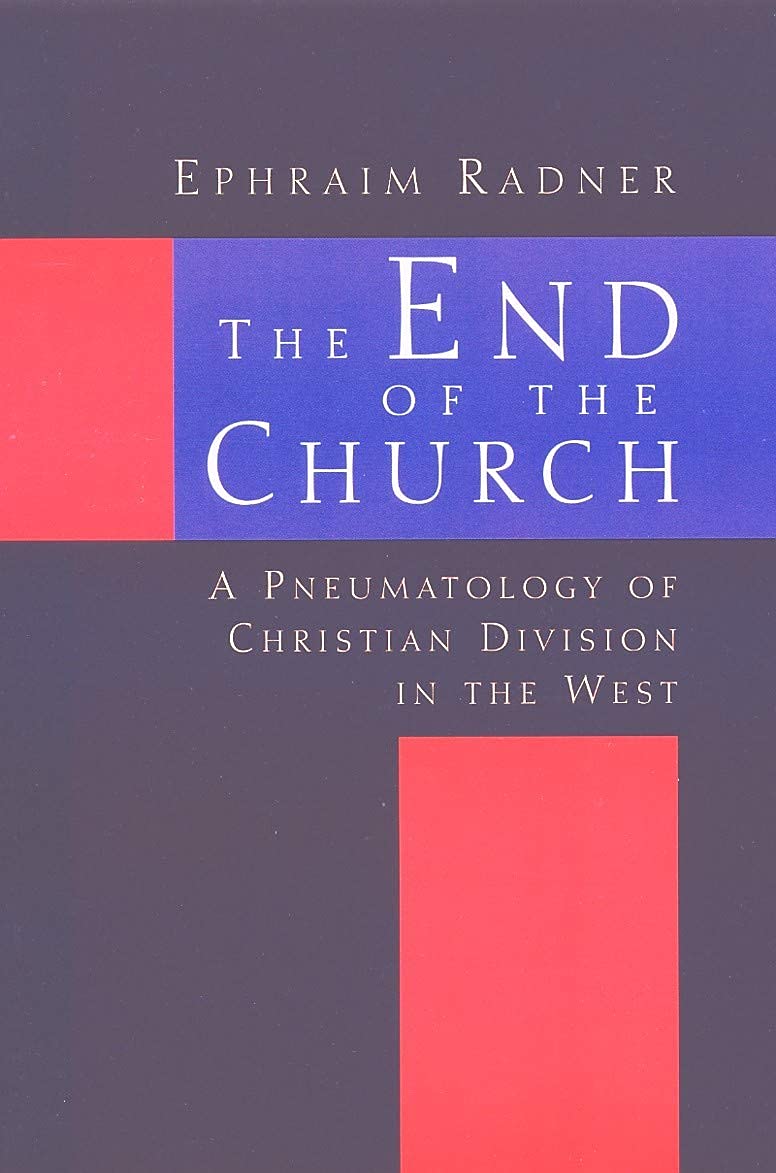The End of the Church: A Pneumatology of Christian Division in the West
Original price was: ₵65.00.₵52.00Current price is: ₵52.00. GHS
In this first serious assessment of the meaning of church division, Ephraim Radner provides a theological rationale for today’s divided church in the Christian West that goes far beyond the standard socio-historical explanations of denominationalism. Through an examination of controversial, post-Reformation discussions about the church, Radner offers a significant theory that describes the relation between Christian division and the work of the Holy Spirit within Western modernity. Radner’s description of the church is based on the traditional notion that a divided church is, in a significant sense, a “dead” church, after the figure of the pneumatically abandoned “dead Christ,” who himself suffers redemptively the disintegration and restoration of divided Israel in his physical and spiritual passion. The hermeneutical basis for the usefulness of this figure lies deep in the scriptural practice of the undivided church, and was common up through the Reformation. Radner’s recovery of this figural perspective is applied to the cluster of pneumatological issues that define ecclesial life.
Avaibility: In Stock
Description
In this first serious assessment of the meaning of church division, Ephraim Radner provides a theological rationale for today’s divided church in the Christian West that goes far beyond the standard socio-historical explanations of denominationalism. Through an examination of controversial, post-Reformation discussions about the church, Radner offers a significant theory that describes the relation between Christian division and the work of the Holy Spirit within Western modernity. Radner’s description of the church is based on the traditional notion that a divided church is, in a significant sense, a “dead” church, after the figure of the pneumatically abandoned “dead Christ,” who himself suffers redemptively the disintegration and restoration of divided Israel in his physical and spiritual passion. The hermeneutical basis for the usefulness of this figure lies deep in the scriptural practice of the undivided church, and was common up through the Reformation. Radner’s recovery of this figural perspective is applied to the cluster of pneumatological issues that define ecclesial life.
Only logged in customers who have purchased this product may leave a review.






Reviews
There are no reviews yet.